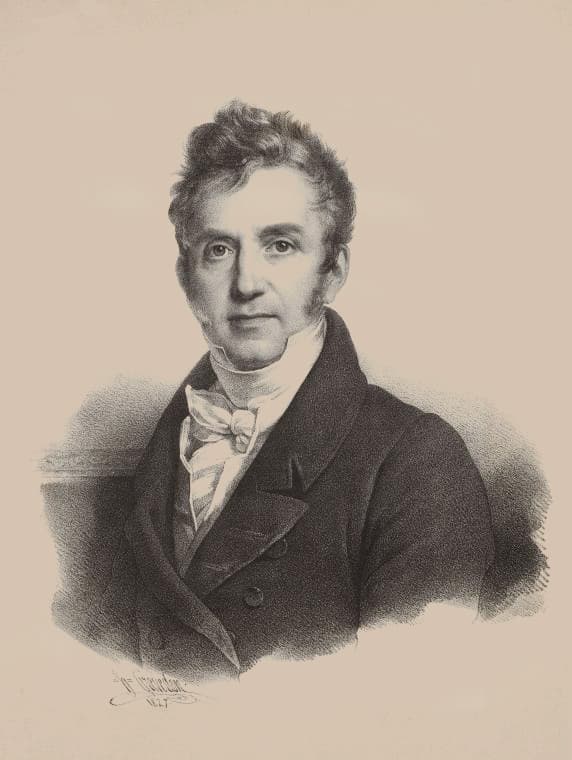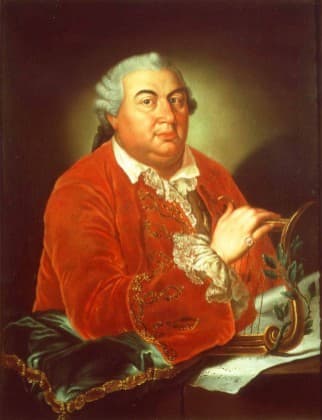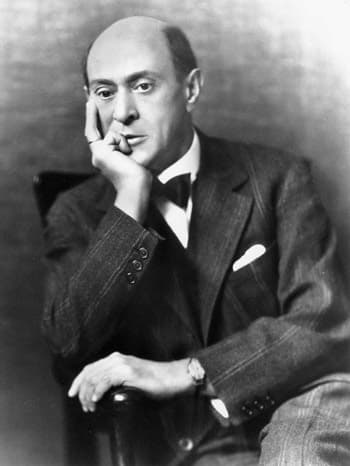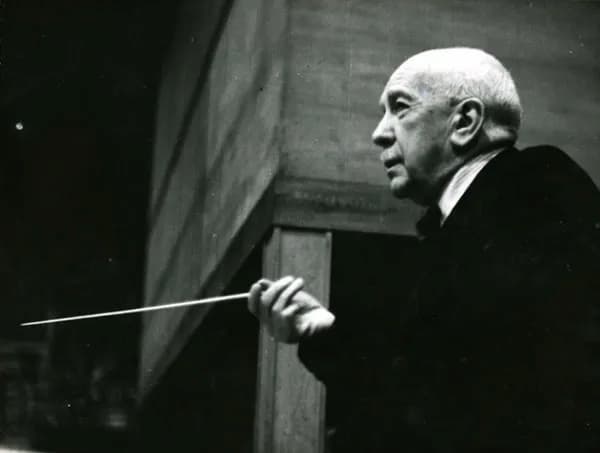George Gershwin’s Song-Book
George Gershwin, born on 26 September 1898, developed a distinctive musical style that combined classical, jazz, and popular music in a ground-breaking fusion unique to American music. Renowned for his remarkable dexterity as a songwriter, he literally penned thousands of songs and produced even more sheet music arrangements for all tastes and abilities. And there is really no better way to celebrate his upcoming birthday than to listen to some of his most popular tunes.
George Gershwin’s Song-Book: “Swanee” (Enrico Fagnoni, piano)
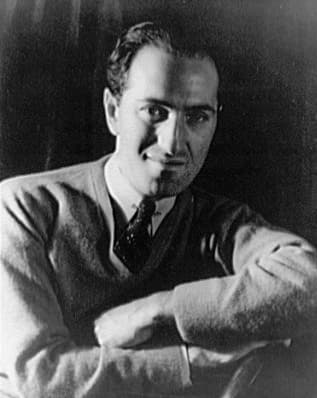
Carl Van Vechten: George Gershwin, 1937
The publisher Bennet Cerf approached Gershwin during the summer of 1928 to issue a limited edition of some of his music with Random House. Gershwin was enthusiastic and decided on either a concert work or a song anthology. He finally decided in 1930, as he communicated to Isaac Goldberg, that he had “a cherished project to be cleared off his desk.”
George Gershwin’s Song-Book: “Nobody but You” (Frank Braley, piano)
That project turned out to be a collection of sixteen of his songs that would alternate their original sheet-music versions with an arrangement that records them exactly as he plays them. As such, Random House published George Gershwin’s Song-Book in 1932, now containing eighteen of his most popular songs, organised more or less chronologically.
George Gershwin’s Song-Book: “I’ll build a Stairway to Paradise” (Ratko Delorko, piano)
A limited hardbound edition of Gershwin’s complex arrangements was issued in 1932, and it contained original artwork by Constantin Alajalov. A bonus song insert of “Mischa, Yascha, Toscha, Sascha” was enclosed with the limited and numbered 500 copies, all signed by the composer and the book’s illustrator.
George Gershwin’s Song-Book: “Do it Again” (Enrico Fagnoni, piano)
Gershwin wrote the following little introduction, “Sheet music, as ordinarily printed for mass sales, is arranged with an eye to simplicity. The publishers cannot be blamed for getting out simplified versions of songs, since the majority of the purchasers of popular music are little girls with little hands, who have not progressed very far in their study of the piano.”
George Gershwin’s Song-Book: “Fascinating Rhythm” (Frank Braley, piano)

George Gershwin’s Song-Book
“Playing my songs as frequently as I do at private parties, I have naturally been led to compose numerous variations upon them and to indulge the desire for complication and variety that every composer feels when he manipulates the same material over and over again. It was this habit of mine that led to the original suggestion to publish a group of songs not only in the simplified arrangements that the public knew, but also in the variations that I had devised.”
George Gershwin’s Song-Book: “Oh, Lady, Be Good!” (Ratko Delorko, piano)
The song book contained Gershwin’s most famous songs from musicals that he wrote between the 1920s and the early 1930s. Gershwin’s instrumental variations, or as he called them, “transcriptions for solo piano,” are the only printed and published form of his improvisation. As has been pointed out, they document Gershwin’s own pianistic style, and the composer made sure to place them within a historical context.
George Gershwin’s Song-Book: “Somebody Loves Me” (Enrico Fagnoni, piano)
Gershwin writes in the preface, “The evolution of our popular pianistic style really began with the introduction of ragtime, just before the Spanish-American war, and came to its culminating point in the jazz era that followed upon the Great War. A number of names come crowding into my memory: Mike Bernard. Les Copeland. Melville Ellis, Lucky Roberts. Zez Confrey, Arden and Ohman, and others. Each of these was responsible for the popularization of a new technique, or a new wrinkle in playing…”
George Gershwin’s Song-Book: “Sweet and Low-Down” (Frank Braley, piano)
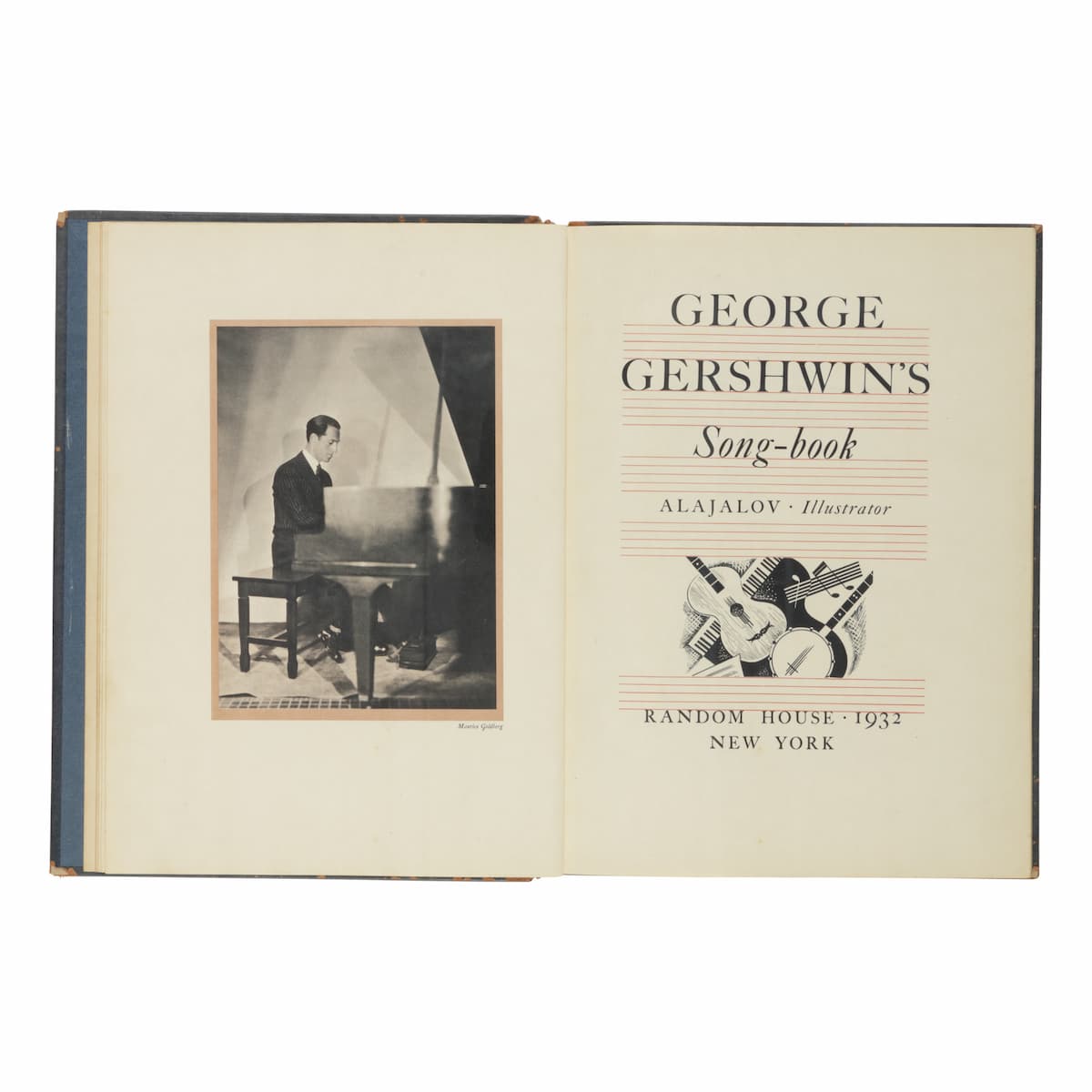
George Gershwin’s Song-Book
Gershwin felt deeply indebted to his predecessors, and he provided specific examples of influence. “Some of the effects I use in my transcriptions derive from their style of playing the piano…. There was the habit Les Copeland had of thumping his left hand onto a blurred group of notes, from which he would slide into a regular chord; it made a rather interesting pulse in the bass: a sort of happy-go-lucky sforzando effect.”
George Gershwin’s Song-Book: “That Certain Feeling” (Ratko Delorko, piano)
“Then there was Bernard’s habit of playing the melody in the left hand, while he wove a filigree of counterpoint with the right; for a time, this was all the rage… Confrey’s contribution has been of a more permanent nature, as some of his piano figures found their way into serious American compositions.”
George Gershwin’s Song-Book: “The Man I Love” (Michael Endres, piano)
Gershwin also discussed his motivation for publishing the Song Book, suggesting that most songs die at an early age and are soon completely forgotten by the same public that once sang them with gusto. “The reason for this is that they are sung and played too much when they are alive, and cannot stand the strain of their very popularity… When the publishers asked me to gather a group of my songs for publication I took up the idea enthusiastically, because I thought that this might be a means of prolonging their life.”
George Gershwin’s Song-Book: “Clap Yo’ Hands” (Enrico Fagnoni, piano)
Gershwin was not only a great composer, he also was a great businessman. He clearly understood the commercial reasons behind the Song Book. He knew that the vast majority of money was to be made from easy arrangements for the amateur market, but these present versions, refined through constant performances by the composer himself, are aimed at much more serious players.
George Gershwin’s Song-Book: “Do, Do, Do” (Yumiko Meguri, piano)

Signed portrait from the Song Book
In terms of stylistic conventions, Gershwin relies on a number of different musical styles in his Song Book. Just listen to the upbeat rhythms and catchy melodies that are the hallmarks of the jazz and swing music of the 1920s. We hear a lot of “blue” flattened thirds and sevenths and delicious walking bass lines of parallel sixths and tenths.
George Gershwin’s Song-Book: “My One and Only” (Enrico Fagnoni, piano)
Predictably, we frequently find the syncopated rhythms and playful, upbeat tempo, of the ragtime. The striding bass in left-hand broken chords is supported by right-hand syncopation, with appoggiaturas adding a great sense of excitement. The melody is very easy to remember, as it is presented in the top line of the right hand.
George Gershwin’s Song-Book: “’S Wonderful” (Yumiko Meguri, piano)
And then there is the delicious use of Boogie-Woogie-style dotted sixteenth notes that alternate between the left and right hands. The arpeggiated left hand always adds playful and almost comical elements to the music. It is a genre of blues music that is not strictly a solo piano style, but in the hands of Gershwin, you would never be able to tell.
George Gershwin’s Song-Book: “Strike Up the Band” (Frank Braley, piano)
A number of songs are clearly inspired by the sounds of American country music. Characterised by the use of dotted sixteenth notes and triplet in both ascending and descending broken chords, this style always creates a lively and upbeat feel. And it certainly showcases Gershwin’s unique ability to infuse traditional musical styles with his own innovative and dynamic approach.
George Gershwin’s Song-Book: “Liza” (Enrico Fagnoni, piano)
We must not forget to mention the influence of Jewish, and specifically klezmer music in a number of songs. The characteristic minor-third inflection to the melodies, and the elaborate and ornamented line ultimately derive from Synagogue chants. Klezmer dance tunes, originally tied to specific social functions, also freely transfer to the solo piano idiom.
George Gershwin’s Song-Book: “I Got Rhythm” (Yumiko Meguri, piano)
The Gershwin transcriptions are all arranged in major keys, and they omit the original verses of the songs. That is, they only use the refrain or chorus material. All tempo markings are in English instead of the Italian markings for his songs. But above all, we find vibrant and energetic songs, and many of us could undoubtedly sing along the lyrics penned by his brother Ira. Every single song has an infectious melody with a driving and swinging rhythm, “creating an irresistible sense of momentum and positive energy that is sure to delight listeners of all ages.” Glorifying the pleasure of music and dance, the Song Book expresses boundless happiness, exactly the right thing to convey when celebrating Gershwin’s birthday on 26 September.
For more of the best in classical music, sign up for our E-Newsletter
George Gershwin’s Song-Book: “Who Cares?” (Ratko Delorko, piano)

